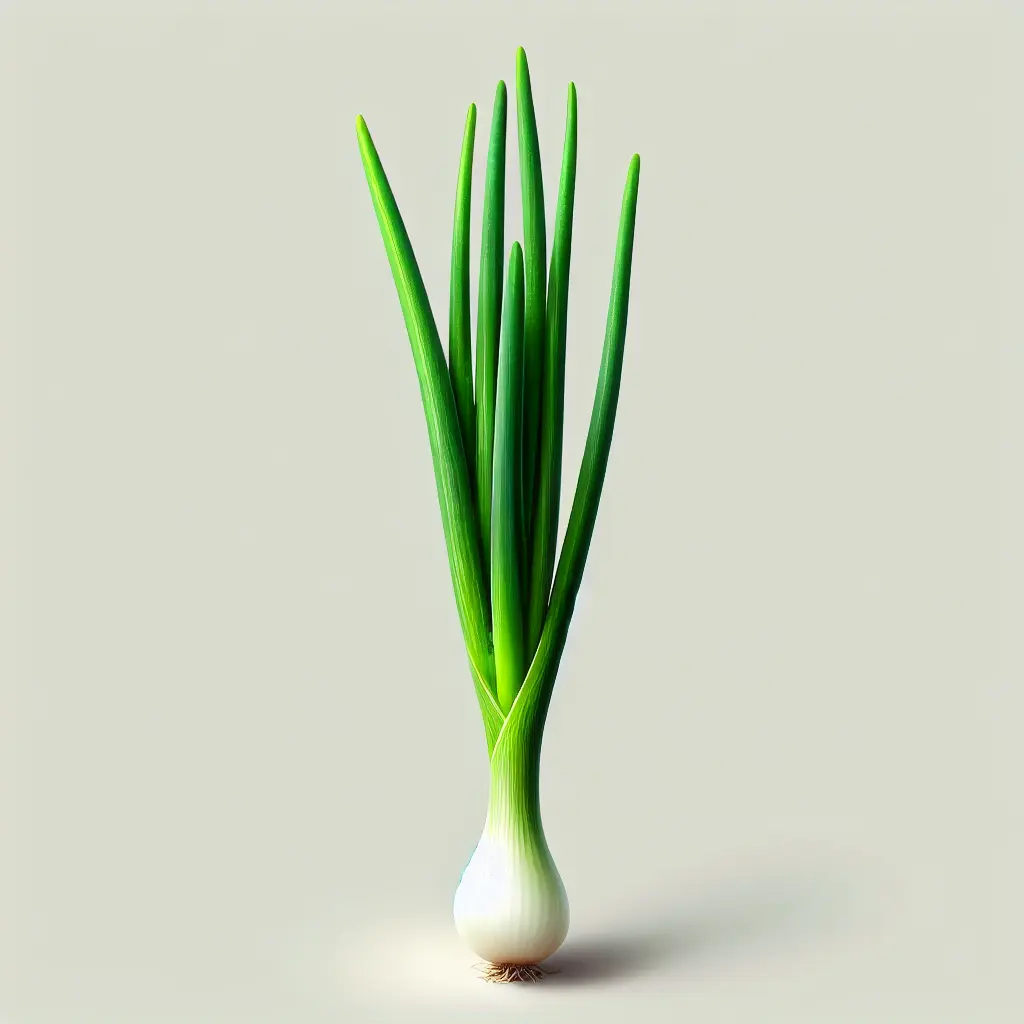Spring Onion: A Culinary Gem with a Nutritional Punch
The spring onion, also known as scallion or green onion, is an essential ingredient in many cuisines worldwide. It is characterized by a slender, elongated bulb with bright green leaves. Beyond its culinary versatility, spring onion packs a surprising nutritional punch, making it a worthy addition to a healthy diet.
Nutritional Profile of Spring Onions
With just 4.8 calories per medium serving, spring onions are a low-calorie vegetable. They offer a notable amount of vitamin K, essential for blood clotting and bone health. Additionally, they provide a good source of vitamin C, an antioxidant that supports immune function, and vitamin A, crucial for vision and skin health. Spring onions are also a valuable source of dietary fiber, aiding digestion and promoting satiety.
Health Benefits of Spring Onions
-
Anti-inflammatory Properties: Spring onions contain sulfur compounds, which have been shown to possess anti-inflammatory effects. These compounds may help reduce inflammation in the body, potentially mitigating conditions like arthritis and heart disease.
-
Blood Sugar Regulation: Spring onions have a low glycemic index, meaning they release sugar slowly into the bloodstream. This helps prevent spikes in blood sugar levels, making it a suitable vegetable for individuals with diabetes or prediabetes.
-
Antioxidant Activity: Spring onions are rich in antioxidants, including vitamin C, beta-carotene, and quercetin. These antioxidants protect cells from damage caused by free radicals, reducing the risk of chronic diseases like cancer and cardiovascular disease.
Culinary Versatility of Spring Onions
Spring onions are incredibly versatile in the kitchen. Their mild onion flavor complements a wide range of dishes. Here are some culinary applications:
- Salads and Dressings: Spring onions add a crisp texture and fresh flavor to salads. They can also be used to create flavorful dressings.
- Stir-Fries and Sautéed Dishes: Spring onions are a popular ingredient in stir-fries and sautéed dishes, providing a subtle onion flavor that enhances the taste of vegetables, meat, and seafood.
- Soups and Stews: Spring onions bring a delicate onion flavor to soups and stews, adding depth and complexity to the broth.
- Garnishes and Condiments: Finely chopped spring onions can be used as a garnish for soups, salads, and sandwiches. They can also be pickled to create a tangy condiment.
Conclusion
Spring onions are a nutritious and versatile vegetable that offers a plethora of health benefits. Their low calorie content, rich nutrient profile, and antioxidant activity make them a valuable addition to a healthy diet. Whether used as a savory ingredient in cooking or as a health-promoting garnish, spring onions are a culinary and nutritional gem that deserves a place in every kitchen.
How many calories are in Spring Onion?
Each 1 medium of Spring Onion contains 4.8 calories.
Spring Onion Nutritional Information
| Nutrient | Amount per 1 medium (15g) |
|---|---|
| Calories | 4.8 Calories |
| Protein | 0.3g |
| Fat | 0g |
| Saturated Fat | 0g |
| Cholesterol | 0mg |
| Carbohydrates | 1.1g |
| Dietary Fiber | 0.4g |
| Sugar | 0.4g |
| Sodium | 0.0024mg |
| Potassium | 0.0414mg |
| Calcium | 0.011mg |
| Iron | 0.0002mg |
